
How to Adapt Your Home for a Person with Limited Mobility?
Adapting the home is a key step in ensuring the safety, independence, and comfort of our loved ones with limited mobility. The process may seem complex, but with the right assistive devices, any space can be transformed into an accessible and secure environment. Let's look at the solutions zone by zone.
1. Entrance and Overcoming Barriers (Thresholds and Stairs)
Stairs and even small thresholds are often the first and biggest obstacle. Fortunately, a variety of solutions exist, which can be either stationary or mobile, depending on the needs.
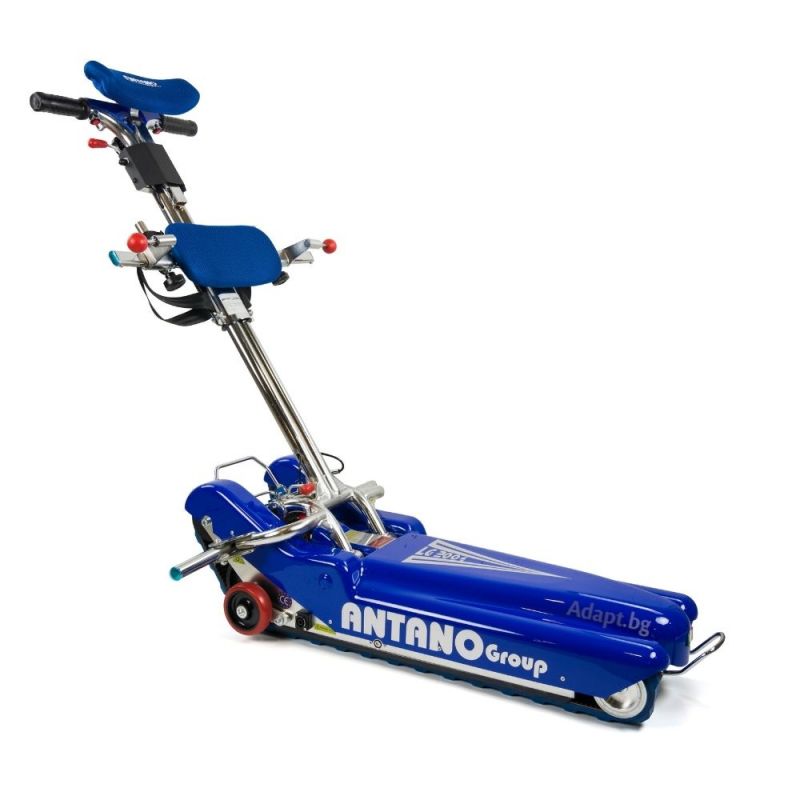
Stair Climbers
These mobile devices are operated by an assistant and are ideal for buildings without an elevator. They "grip" the wheelchair and safely move it up or down the stairs.
See the devices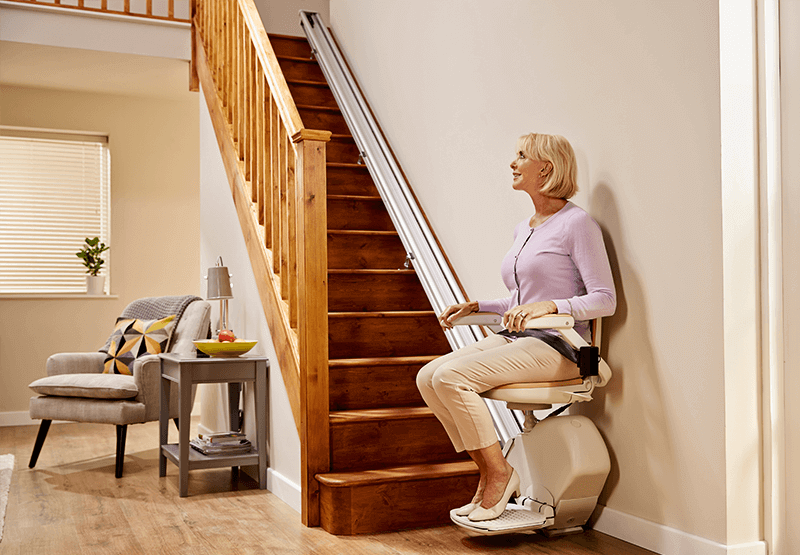
Stairlifts
A stationary solution for people who can transfer from a wheelchair to a chair. a rail is mounted to the staircase, along which a seat moves, ensuring comfortable and independent travel between floors.
See the stairlifts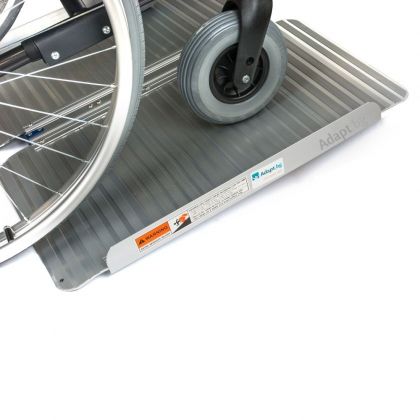
Ramps for Thresholds and Steps
Ramps are a universal solution. They can be foldable and portable for easy transport, telescopic to adjust the length, or modular to build a permanent structure at the entrance.
Browse the ramps2. Safety and Comfort in the Bathroom and Toilet
The wet and slippery surfaces in the bathroom make it the riskiest room. Adapting it is absolutely essential to prevent accidents.
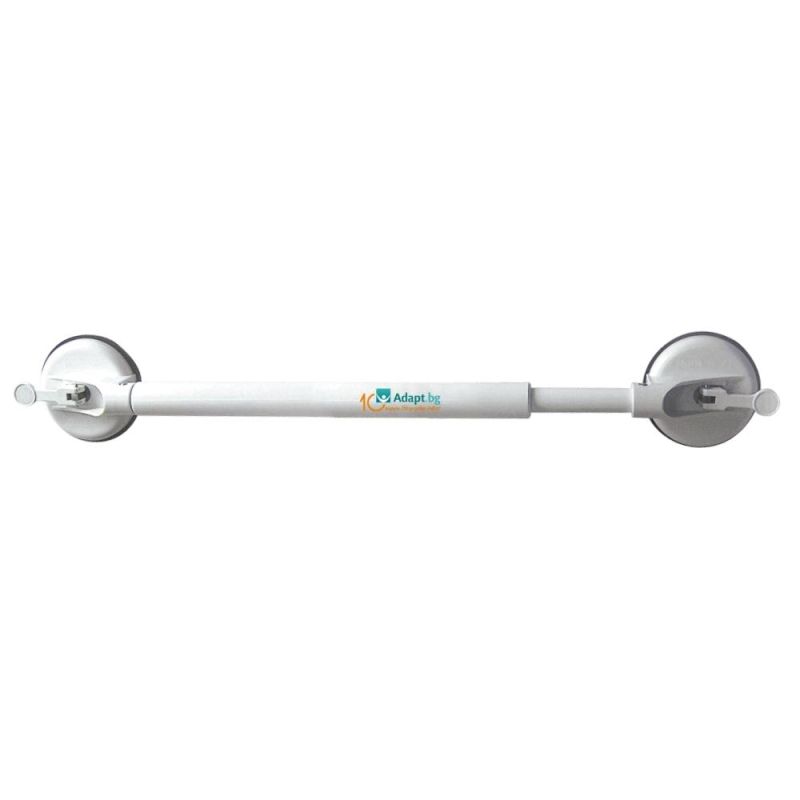
Grab Bars and Rails
These provide stable support when standing up and sitting down. Various types are available: stationary (wall-mounted and angled), folding (next to the toilet bowl), and innovative vacuum suction grab bars that do not require drilling.
Choose a grab bar
Raised Toilet Seats
A standard toilet is often too low. A raised seat elevates it by 10 to 15 cm, which significantly eases sitting down and standing up. Models with or without armrests are available for additional support.
See the raised seats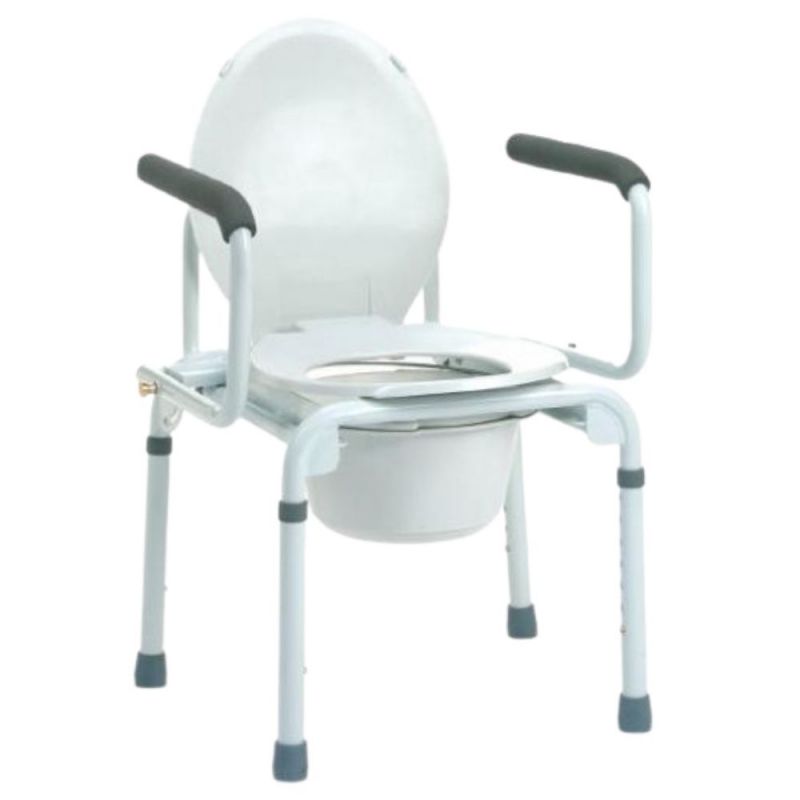
Shower and Commode Chairs
For people who cannot stand in the shower, shower chairs are essential. Combined chairs can be used both in the shower and over the toilet, or as a mobile commode in the room, thanks to the built-in pail.
Browse the chairs3. Safety and Comfort in the Bedroom
The bed is where a person spends the most time. Adapting it is key not only for the patient's comfort but also to make it easier for the caregiver.
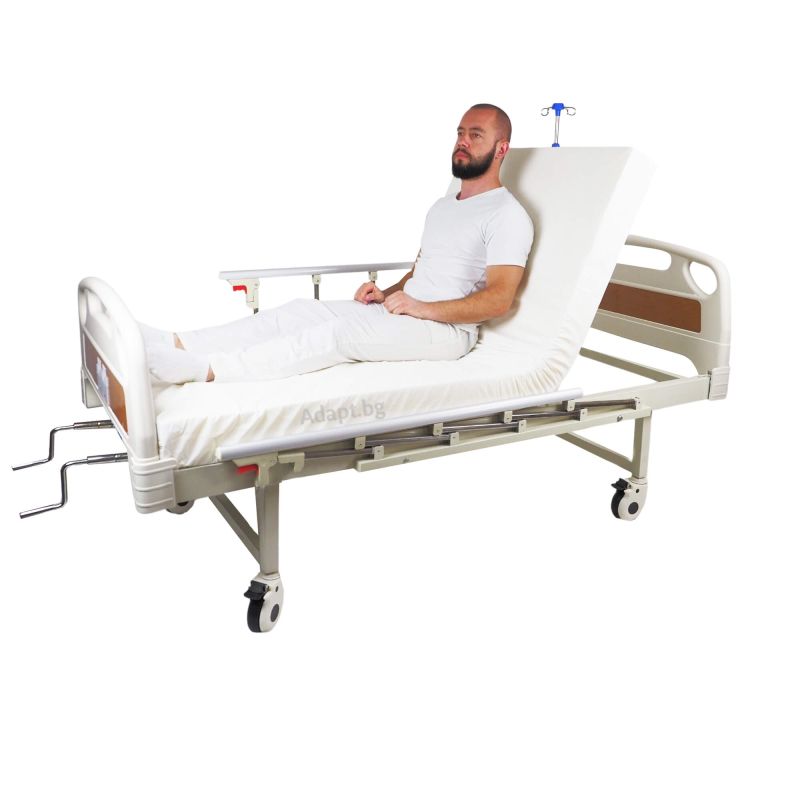
Hospital Beds
Modern electric hospital beds allow the bed's height and the back and leg sections to be adjusted with the push of a button. This facilitates getting up, eating in bed, and daily care.
Browse the beds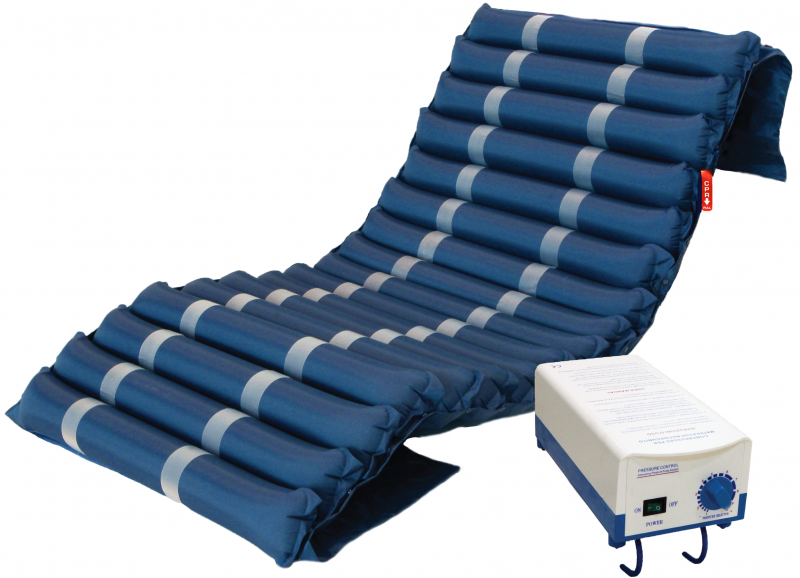
Pressure Relief Mattresses
For bedridden patients, preventing pressure sores (decubitus ulcers) is paramount. Pressure relief mattresses with a compressor constantly change the pressure points on the body and improve blood circulation.
See the mattresses4. Easing Transfers
Moving a person with limited mobility from a bed to a chair, into a wheelchair, or to the bathroom is a huge physical burden for caregivers and carries a risk of injury for both parties. Patient lifters solve this problem instantly.
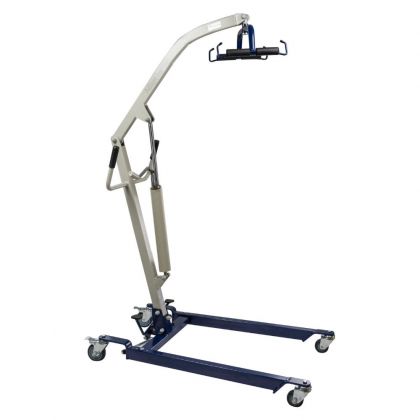
Patient Lifters
These mobile lifts allow a single person, without any physical effort, to lift and move the patient safely. They can be hydraulic or electric and are an indispensable assistant in daily care.
Choose a lifterEvery Home Can Be Accessible
Proper home adaptation restores freedom and self-esteem to people with limited mobility and brings peace of mind to their loved ones. Choosing the right assistive devices may seem difficult, but you don't have to do it alone.
Consult the experts at Adapt.bg to find the best and most effective solutions for your individual needs.
Contact Us
Grigor Angelov
Date: 04 Aug 2025


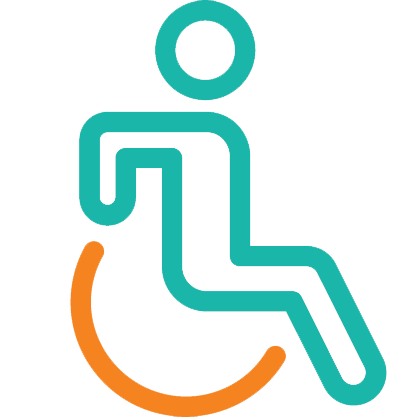
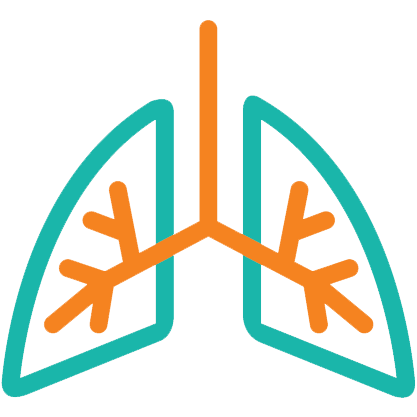

Post comment